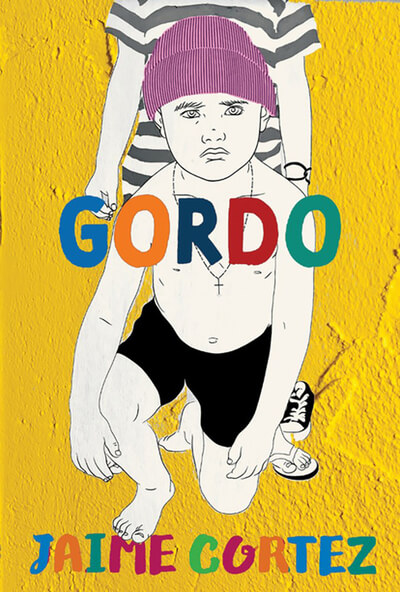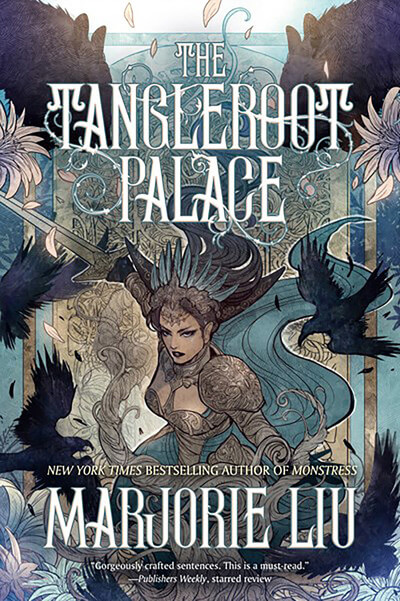Lily King has been rightly praised for two terrific recent novels, Euphoria and Writers & Lovers. But who knew she was such an exceptional short story writer? Maybe a few readers of Ploughshares or O Magazine, where a couple of the stories gathered in Five Tuesdays in Winter first appeared. But about half of these stories are new. All of them flash with brilliance.
King’s stories are mostly situated in New England in the 1980s, and her characters are often in adolescence, revealed at their moments of emerging into adult life and consciousness. Three tales are about would-be writers whose experiences shape them: a teen girl just beginning to consider writing, a woman in her early 20s trying to figure out her life, and, in the collection’s exhilaratingly surreal final story, “The Man at the Door,” a married mother being confronted about her audacity in thinking she has the right to write.
Lily King shares the New England memories that inspired one of the stories in her first collection.
King places these lynchpin stories at the beginning, middle and end of the collection. But four other stories are from the perspectives of young men. This includes the astonishing “When in Dordogne,” in which a boy’s wealthy and neglectful parents leave their house in the care of two college students for the summer. “As I came with the house, these two college boys were obliged to take care of me, too,” the son observes sardonically. A disaster in the making, right? As it turns out, no. The college boys are funny, sensitive and caring. The story is a soulful exploration of male sensitivity and love.
The very satisfying title story is about the fairly rigid owner of a used bookstore, his teenage daughter and the bookstore’s sole employee, who agrees to teach Spanish to her boss’s daughter. Over five Tuesdays, a tentative and then quite wonderful relationship develops among the three of them.
King’s observations are both sharp and generous. Five Tuesdays in Winter is a collection worth dipping into again and again.













